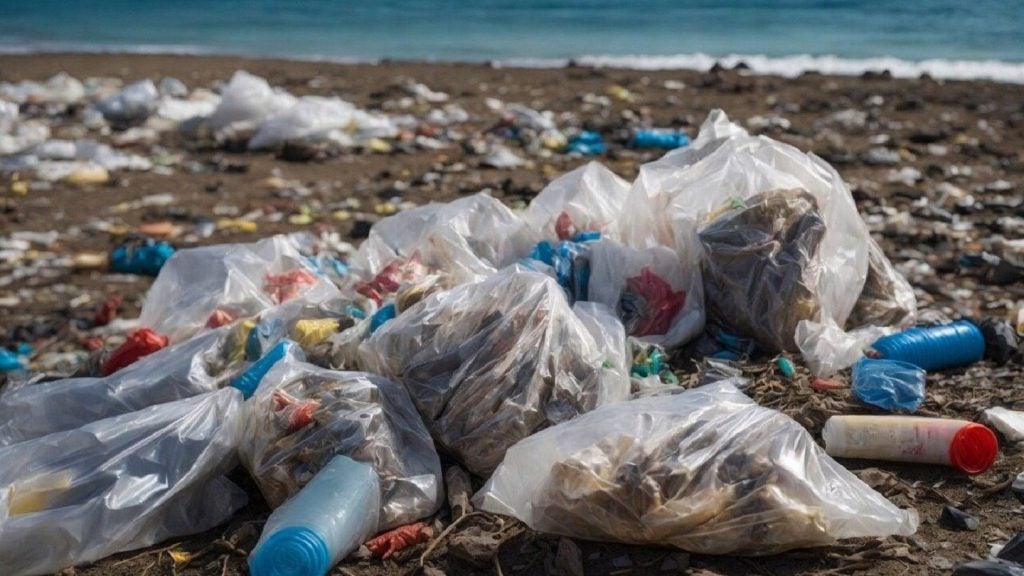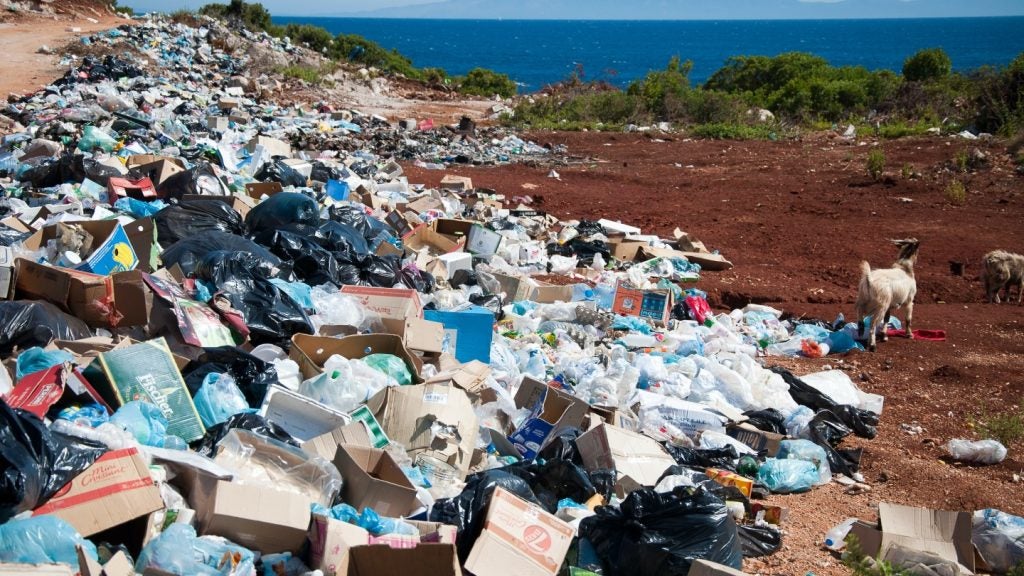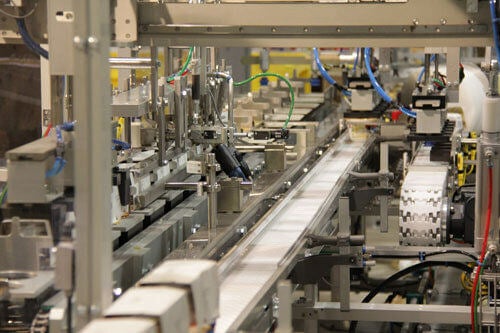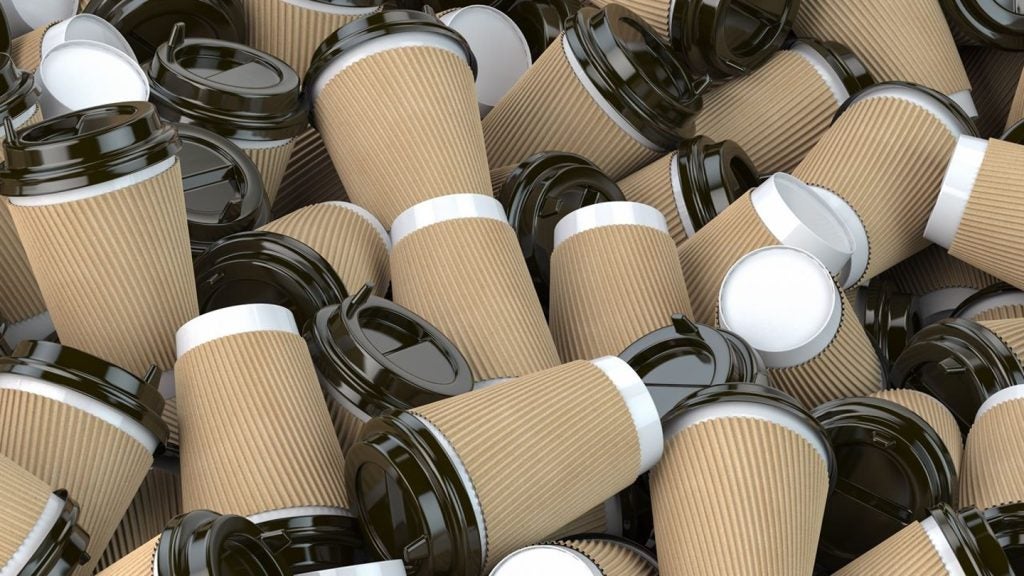In a pilot-scale trial to find alternative raw materials for rigid plastic packages, the VTT Technical Research Centre of Finland has discovered the unprecedented maximum limits of its highly extensible formable cellulose-based webs used for rigid packaging applications.
The results enable the manufacturing of a wide range of sustainable 3D packaging solutions that were previously unattainable.
The development work was conducted as part of a research programme in which VTT, in co-operation with 54 other companies and the Regional Council of Central Finland, up-scaled alternatives to plastic products.
Typical commercial boards have between 3% to 6% extensibility, and the best commercial formable boards have 10% to 18% extensibility. But by utilising foam forming technology, VTT has now obtained up to 30% extensibility. This enables brand owners to use rigid, cardboard-like packaging to serve consumers looking to buy more sustainable products.
According to VTT, this material improvement could enable food brands producing cold cuts to increase cardboard-like package sizes from 75 grams up to 200 to 250 grams. By adjusting the tray forming process and tray dimensions, even larger cardboard-like packages could be produced.
The non-profit research company highlights the need for alternative materials following the Single-use Plastics Directive and the European Commission's proposal for Packaging and Packaging Waste Regulation.
This material development could also have ramifications for the global plastics market, which is valued at more than 300 mtpa in 2023 and is expected to achieve a compound annual growth rate of more than 2% between 2023 and 2030.
VTT research team leader Jarmo Kouko commented: “In industries that use huge amounts of plastic, like the food packaging sector, we can find plenty of opportunities to reduce the use of fossil fuel-based materials and replace them with sustainable ones that take us closer to the carbon-neutral societies of the future and allow us to be more frugal with natural resources.”















